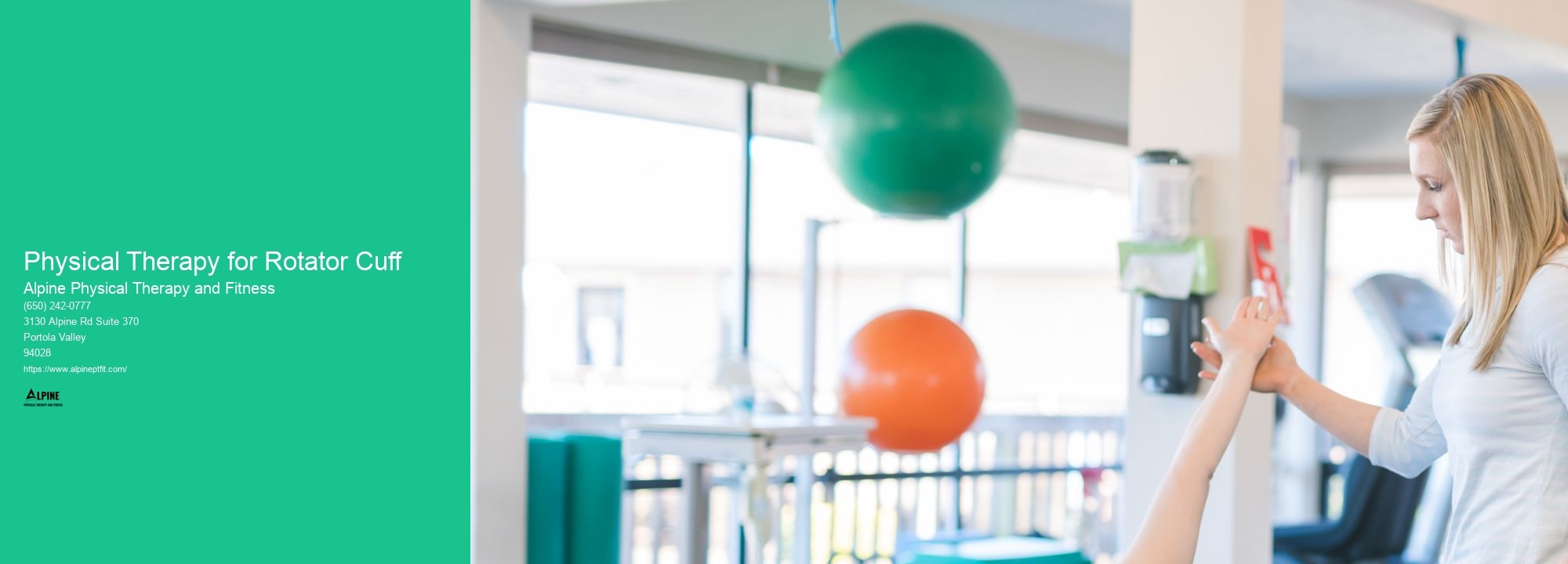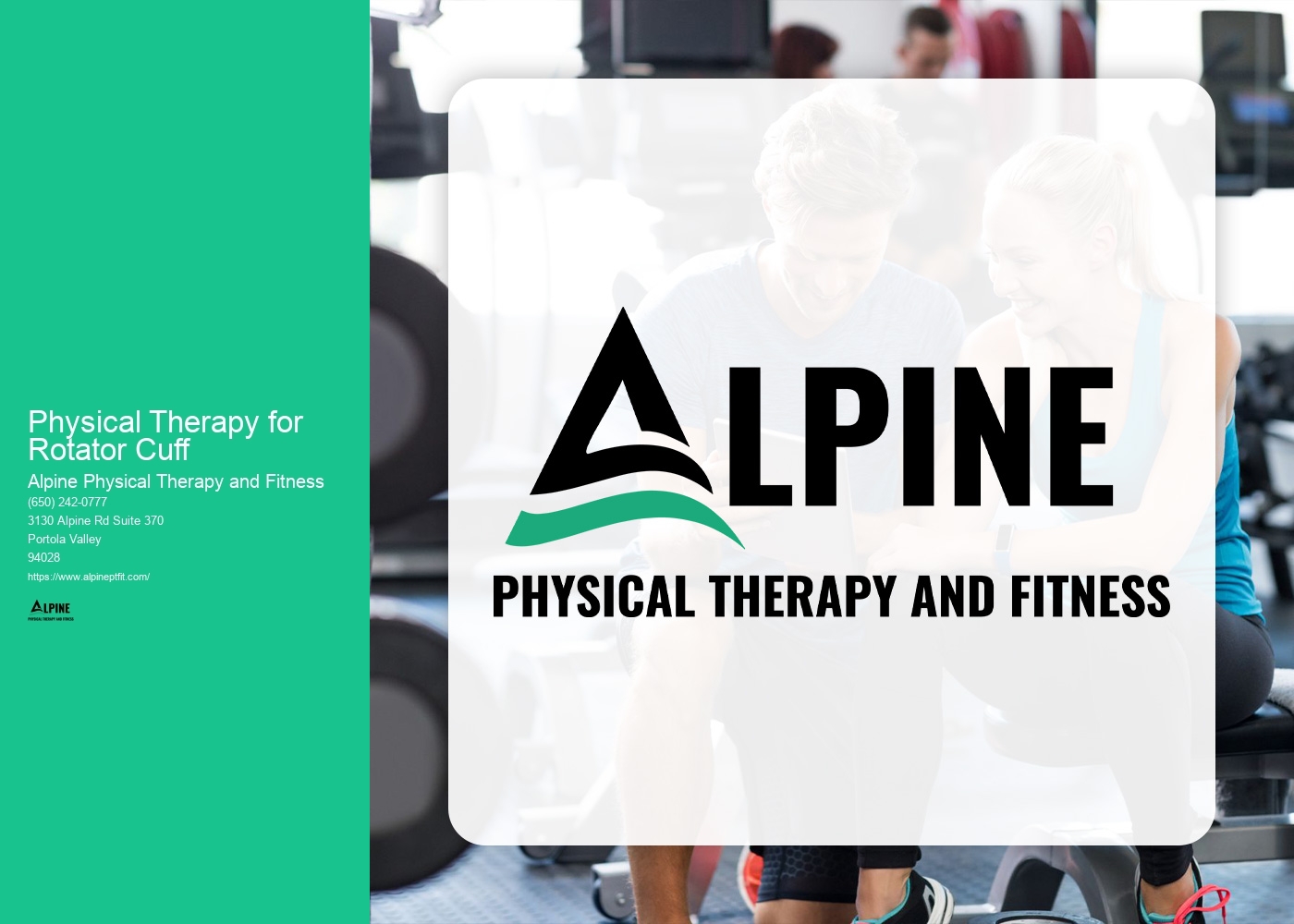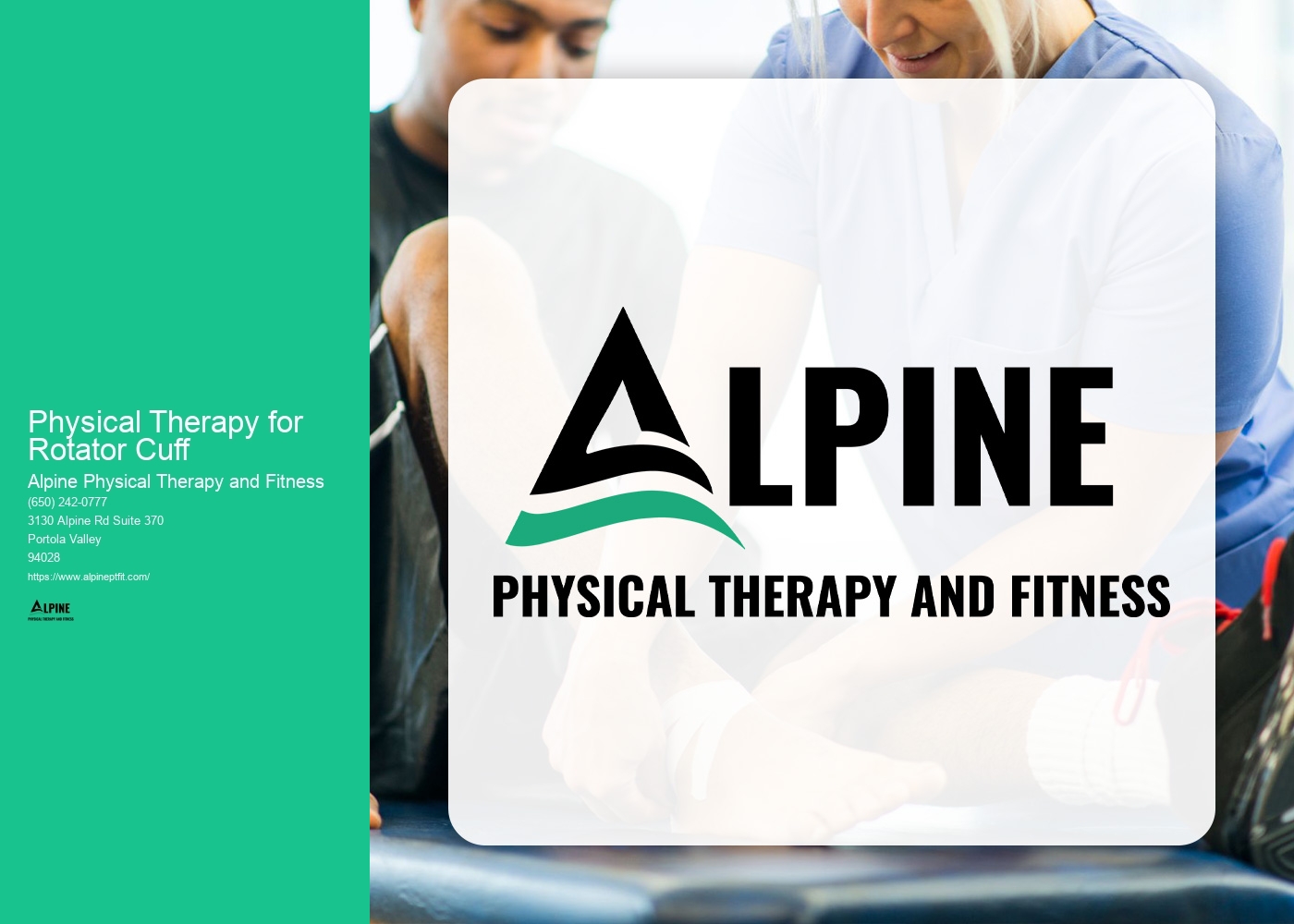

Physical therapy plays a crucial role in the treatment of rotator cuff injuries. It aims to reduce pain, improve range of motion, and strengthen the muscles surrounding the shoulder joint. Physical therapists use various techniques such as manual therapy, therapeutic exercises, and modalities like heat or ice to achieve these goals. They also educate patients on proper body mechanics and posture to prevent further injury. By addressing the underlying causes of the injury and providing targeted rehabilitation, physical therapy can help individuals regain function and return to their normal activities.
The duration of a typical physical therapy session for rotator cuff injuries can vary depending on the severity of the injury and the individual's specific needs. On average, a session may last between 30 minutes to an hour. During this time, the physical therapist will assess the patient's progress, perform hands-on techniques, guide them through therapeutic exercises, and provide education on self-management strategies. The frequency and duration of the overall treatment plan will be determined by the therapist based on the patient's response to therapy and their specific goals.
In physical therapy for rotator cuff injuries, a range of exercises may be prescribed to address different aspects of the injury. These exercises typically focus on strengthening the rotator cuff muscles, improving shoulder stability, and restoring range of motion. Common exercises include shoulder external and internal rotations, scapular stabilization exercises, and stretching exercises for the chest and shoulder muscles. The physical therapist will tailor the exercise program to the individual's needs, gradually increasing the intensity and difficulty as the patient progresses.

During physical therapy for rotator cuff injuries, certain precautions and modifications need to be followed to ensure safety and optimize healing. Patients may be advised to avoid activities that aggravate their symptoms, such as heavy lifting or repetitive overhead movements. The therapist may also recommend modifications to daily activities or work tasks to prevent further strain on the shoulder. It is important for patients to communicate any discomfort or pain during therapy sessions so that the therapist can make appropriate adjustments to the treatment plan.
The time it takes to see improvement in symptoms with physical therapy for rotator cuff injuries can vary depending on the severity of the injury, the individual's adherence to the treatment plan, and their overall health. In general, patients may start to experience some relief within a few weeks of starting therapy. However, it can take several months of consistent rehabilitation to achieve significant improvement in pain, range of motion, and strength. It is important for patients to be patient and committed to their therapy program to achieve the best outcomes.

Physical therapy alone can be an effective treatment for many cases of rotator cuff injuries. However, in some cases, additional treatments may be necessary. This could include medications for pain management, corticosteroid injections to reduce inflammation, or in severe cases, surgical intervention. The decision to pursue additional treatments will depend on the individual's response to physical therapy, the severity of the injury, and the recommendations of the healthcare team. Physical therapy is often the first line of treatment and can provide significant relief and improvement in symptoms for many individuals.
While physical therapy is generally safe, there are potential risks and complications associated with it for rotator cuff injuries. These can include increased pain or discomfort during or after therapy sessions, muscle soreness, or temporary worsening of symptoms. It is important for patients to communicate any concerns or changes in symptoms to their physical therapist. The therapist will monitor the patient's progress and make adjustments to the treatment plan as needed to ensure safety and optimize outcomes. With proper guidance and supervision, the benefits of physical therapy for rotator cuff injuries outweigh the potential risks.

Yes, there are specialized therapies available for children with cerebral palsy. These therapies are designed to address the specific needs and challenges faced by children with this condition. Some of the specialized therapies include physical therapy, occupational therapy, speech therapy, and aquatic therapy. Physical therapy focuses on improving mobility, strength, and coordination through exercises and stretches. Occupational therapy helps children develop skills for daily activities such as dressing, eating, and writing. Speech therapy aims to improve communication skills, including speech and language development. Aquatic therapy utilizes the properties of water to provide a low-impact environment for movement and exercise. These specialized therapies are tailored to the individual needs of each child with cerebral palsy, helping them improve their quality of life and reach their full potential.
Physical therapy plays a crucial role in managing hip labral tears by providing targeted exercises and interventions to improve pain, mobility, and function. The therapist will design a personalized treatment plan that may include manual therapy techniques such as joint mobilizations and soft tissue mobilizations to reduce pain and improve joint mechanics. They may also incorporate therapeutic exercises to strengthen the surrounding muscles, improve stability, and restore normal movement patterns. Additionally, physical therapy may involve modalities such as heat or ice therapy, electrical stimulation, and ultrasound to further alleviate pain and promote healing. By addressing the underlying causes and symptoms of hip labral tears, physical therapy can help individuals regain optimal hip function and prevent future injuries.
The process of rehabilitating an athlete after an ACL tear involves a comprehensive and structured approach to ensure a safe and effective recovery. The first step is typically focused on reducing pain and swelling through the use of ice, compression, and elevation. Physical therapy plays a crucial role in the rehabilitation process, with exercises aimed at improving range of motion, strength, and stability of the knee joint. These exercises may include quadriceps and hamstring strengthening, balance and proprioception training, and functional movements specific to the athlete's sport. Gradually, the athlete will progress to more advanced exercises, such as plyometrics and agility drills, to restore power and agility. Throughout the rehabilitation process, close monitoring and regular assessments are conducted to track progress and make any necessary adjustments to the treatment plan. Additionally, a gradual return to sport protocol is implemented to ensure the athlete is ready to safely resume their athletic activities. This may involve sport-specific training, simulated game situations, and a focus on mental readiness. Overall, the rehabilitation process after an ACL tear requires patience, dedication, and collaboration between the athlete, medical professionals, and coaches to achieve optimal outcomes.
Exercise prescription plays a crucial role in cardiovascular and pulmonary rehabilitation. It involves the development of a tailored exercise program that is specifically designed to address the individual needs and goals of patients with cardiovascular and pulmonary conditions. The prescription takes into account factors such as the patient's current fitness level, medical history, and any limitations or contraindications they may have. The program typically includes a combination of aerobic exercise, resistance training, and flexibility exercises, all of which are aimed at improving cardiovascular and pulmonary function, increasing endurance, and enhancing overall physical fitness. The exercise prescription is carefully monitored and adjusted as needed to ensure that patients are progressing safely and effectively towards their rehabilitation goals. By following a well-designed exercise prescription, patients can experience significant improvements in their cardiovascular and pulmonary health, leading to enhanced quality of life and reduced risk of future complications.
Physical therapists play a crucial role in working with children who have developmental delays. They employ a variety of techniques and interventions to help these children improve their motor skills, coordination, balance, and overall physical abilities. Physical therapists may use exercises, stretches, and activities that are specifically designed to target the areas of development that need improvement. They may also incorporate play-based therapy, using toys and games to engage the child and make therapy sessions more enjoyable. Additionally, physical therapists may collaborate with other healthcare professionals, such as occupational therapists and speech therapists, to ensure a comprehensive approach to the child's development. Through their expertise and specialized knowledge, physical therapists are able to provide individualized care and support to children with developmental delays, helping them reach their full potential.